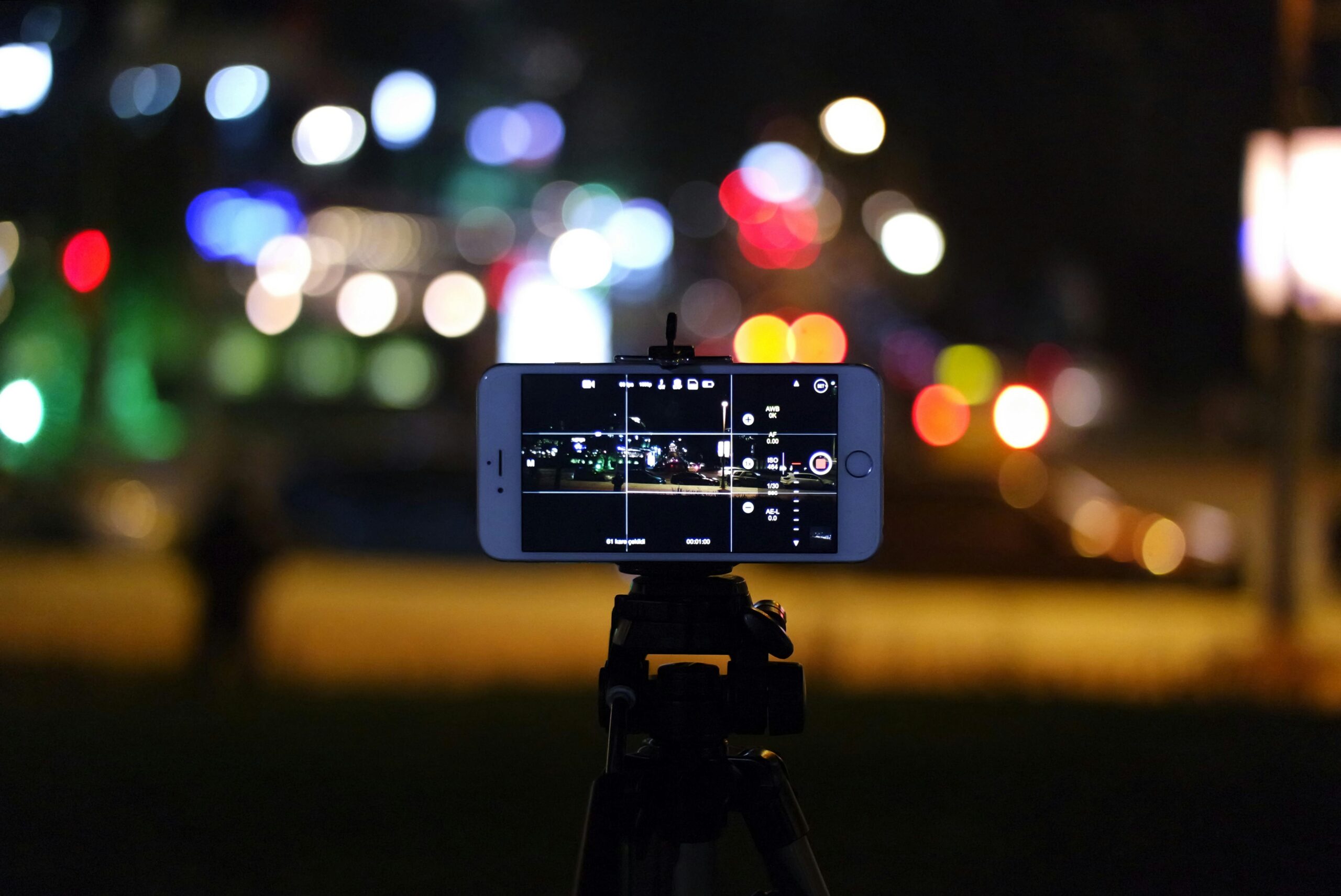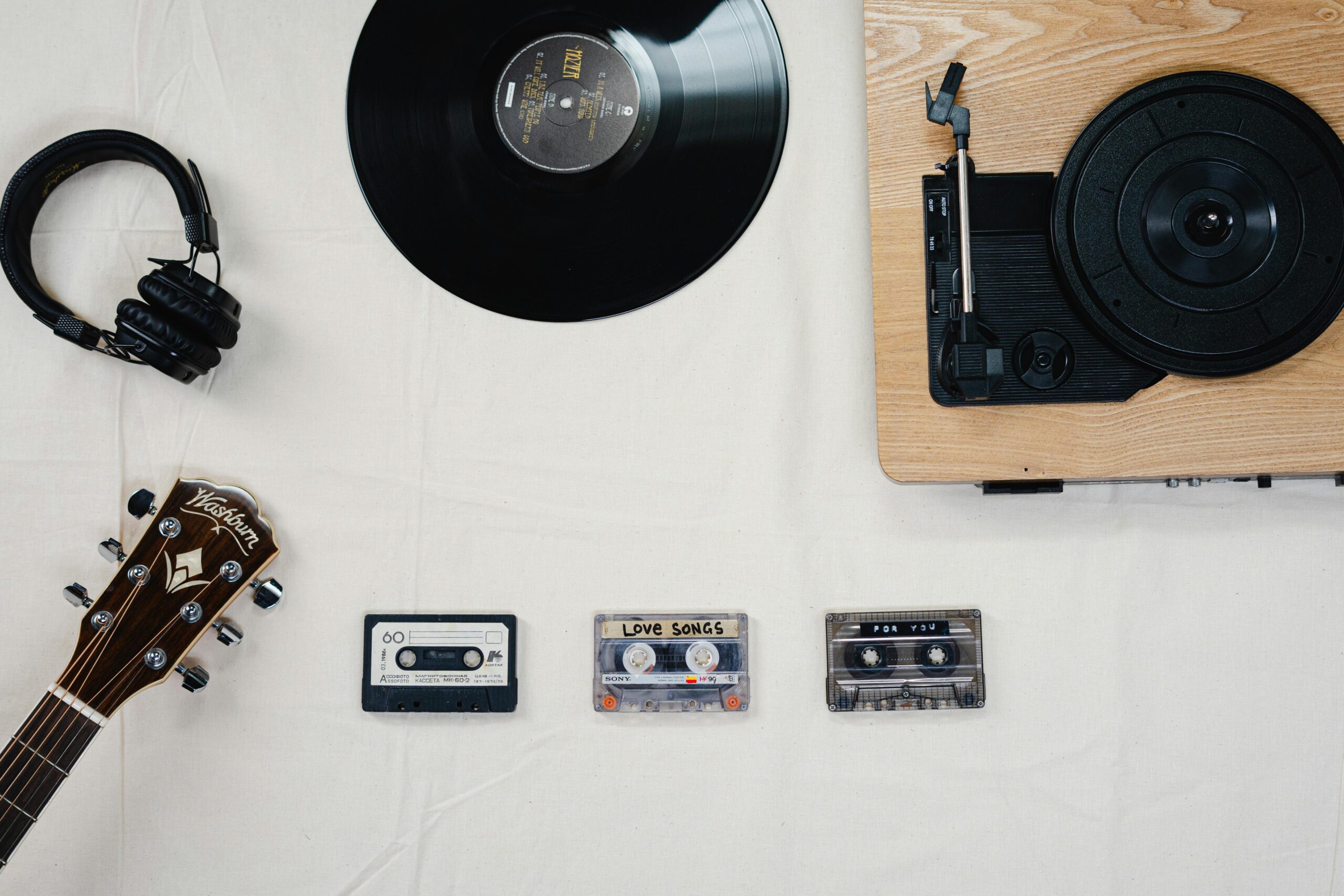In visual storytelling, every angle tells a story.
While dialogue and action shape narratives, it’s often the subtle details — like a gentle smile or a helping hand — that convey empathy , respect , and human connection .
This article explores how camera angles can be used intentionally to highlight polite gestures , elevate emotional resonance, and encourage viewers to see kindness in a new light.
Let’s dive into the art of framing kindness through cinematography.
Why Camera Angles Matter in Visual Storytelling
Camera angles are more than just technical choices — they’re emotional cues .
A high-angle shot can make someone appear vulnerable. A close-up can capture the sincerity in a character’s eyes. A wide-angle lens can show how one act of kindness ripples through a crowd.
When it comes to showcasing polite gestures — like holding a door, offering help, or sharing a smile — the right framing makes all the difference.
The Psychological Impact of Visual Cues
Studies suggest that visual media shapes behavior . When we see characters acting kindly on screen, we’re more likely to emulate those actions in real life.
Framing these moments with care ensures:
- Emotional clarity
- Audience empathy
- Cultural relatability
By choosing the right camera angles, filmmakers and content creators can normalize kindness and make it feel powerful, not passive.
7 Camera Angles That Bring Out the Emotion in Polite Gestures
Here are seven effective camera techniques that highlight kindness in visual media — from film to social content.
1. Eye-Level Shot – Equalizing Humanity
The eye-level shot places the viewer at the same height as the characters, creating a sense of equality and direct connection.
Best For:
- Two-character interactions (e.g., handing over an umbrella, helping someone up)
- Showing mutual respect between characters
Why It Works : This neutral perspective fosters trust and realism , making the gesture feel authentic and inclusive.
2. Close-Up – Capturing Micro-Expressions
Close-ups zoom in on faces or hands, capturing subtle expressions and physical cues.
Best For:
- A warm smile after a compliment
- Hands exchanging something meaningful
- A tearful thank you
Why It Works : These shots emphasize emotion and sincerity , drawing attention to the nonverbal language of kindness .
3. Low-Angle Shot – Elevating the Gesture
Shooting from below makes the subject appear larger-than-life — both literally and symbolically.
Best For:
- Someone helping another stand
- A child offering a toy to a stranger
- A volunteer handing out food
Why It Works : It subtly elevates the moral weight of the gesture, making the act feel noble or heroic.
4. High-Angle Shot – Softening the Moment
Looking down on a scene softens the tone and often adds a sense of innocence or vulnerability.
Best For:
- Children sharing toys
- Quiet acts of generosity
- Moments of reconciliation
Why It Works : It creates a gentle, reflective mood , inviting viewers to observe the gesture with warmth and understanding.
5. Over-the-Shoulder Shot – Sharing the Perspective
This shot frames one character from behind while focusing on the person they’re interacting with.
Best For:
- Conversations where one person listens attentively
- Offering help in a crowded space
- Receiving gratitude face-to-face
Why It Works : It visually reinforces empathy and shared experience , placing the viewer in the moment.
6. Wide-Angle Shot – Showing Ripple Effects
Used to show environment and context, wide shots reveal how one small gesture affects the world around it.
Best For:
- Helping someone in a public setting
- Acts of community kindness
- Group volunteering efforts
Why It Works : It highlights the impact beyond the individual , reinforcing how small acts matter globally .
7. Dutch Angle (Tilted Shot) – Breaking Norms for Emotional Punch
Though usually associated with tension, a slight tilt can also add emotional nuance to a kind moment.
Best For:
- Unexpected kindness in stressful situations
- Breaking social norms to do the right thing
- Emotional turning points in a narrative
Why It Works : The slight disorientation draws attention to the unexpected beauty of the moment.
Real-World Examples of Kindness Framed Well
Some of the most memorable cinematic moments of kindness were made even stronger by thoughtful framing:
Example 1: Parasite (2019)
A simple act of folding pizza boxes becomes a bonding moment framed with close-ups and medium shots , emphasizing unity in hardship.
Example 2: Up (2009)
The iconic balloon-lifting house sequence uses wide-angle and low-angle shots to show love and perseverance in everyday gestures.
Example 3: Soul (2020)
Kind interactions are often shown with eye-level and soft-focus close-ups , making them feel intimate and universal.
These examples prove that how a gesture is filmed matters just as much as what is being shown.
Applying These Techniques to Everyday Media
You don’t need a film crew to use these ideas effectively. Whether you’re shooting ads, social media reels, or educational videos, consider how your framing can reinforce the message.
Tips for Social Media & Short-Form Video:
- Use close-ups to highlight facial reactions when receiving help
- Try low-angle shots to honor unexpected acts of kindness
- Use over-the-shoulder shots during interviews or testimonials about giving back
Even in user-generated content, intentional framing elevates meaning .
Frequently Asked Questions (FAQ)
Q: Can camera angles influence how we perceive kindness?
A: Yes. Certain angles draw attention to emotions, relationships, and the significance of a gesture.
Q: What camera angle makes a character seem more compassionate?
A: Eye-level and close-up shots tend to humanize characters and highlight emotional authenticity.
Q: How can I shoot kindness in a way that feels genuine?
A: Focus on natural lighting, realistic settings, and unforced interactions. Let the gesture speak for itself — and frame it thoughtfully.
Q: Are these techniques only for films?
A: No! They work across formats — from YouTube videos to TikTok content to corporate marketing campaigns.
Q: Should I always keep kindness subtle in visuals?
A: Not necessarily. Sometimes subtlety works best; other times, highlighting the gesture clearly helps inspire action.
Final Thoughts
Kindness isn’t just what people do — it’s how we choose to show it.
By using camera angles strategically, filmmakers, marketers, and storytellers can make polite gestures feel profound — and remind audiences that small acts of kindness deserve the spotlight .
Whether you’re crafting a feature film, a branded video, or a short-form clip, remember: the way you frame a moment can change how the world sees it .
So next time you’re behind the lens — aim not just for clarity, but for compassion.





